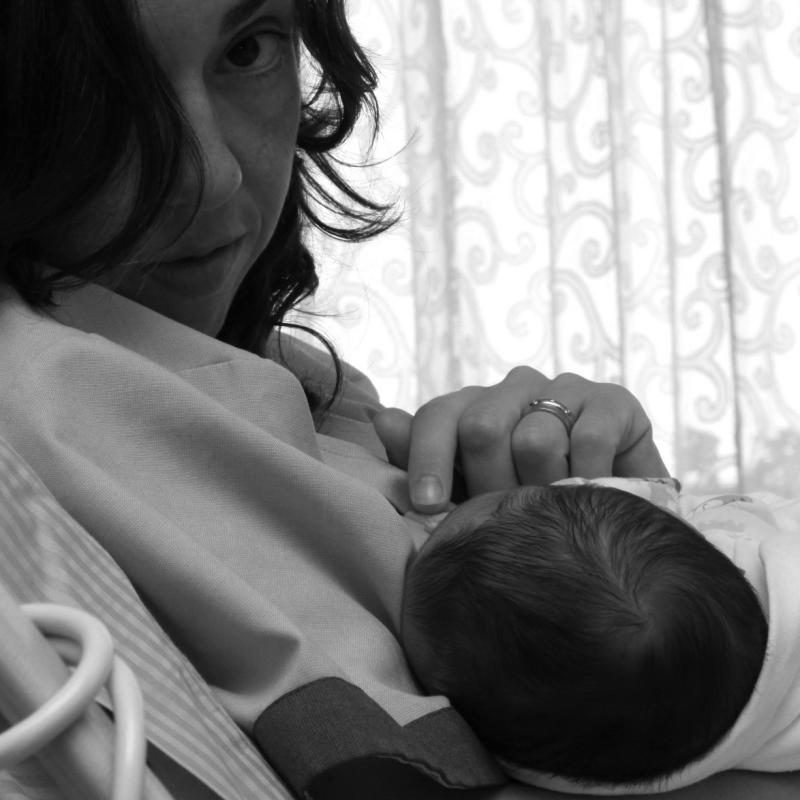“Infant forced to go without milk, Mom says it’s not her fault.” This seems like the kind of terrifying headline that would be on the five O’clock news. Yet this is exactly what happens every day when the rights of women to breastfeed or express milk on the job go unprotected. One politician, Representative Carolyn Maloney (D-NY), has made it her mission to make sure that women can breastfeed without repercussions. I have to admit that when I first heard about Representative Maloney’s Supporting Working Moms Act, I was baffled to think that in the year 2017, breastfeeding in the workplace could cost a woman her livelihood. With a little research, I started to realize just how ill-informed I was on the legality of breastfeeding.
I was surprised to learn that currently, no federal legal protections exist to protect public breastfeeding. Furthermore, only 47 states have laws that legalize public breastfeeding.[1] Of those states, Michigan’s law is a mere three years young. Astonishingly, Iowa offers no legal protections for breastfeeding. Even though public breastfeeding might be legal in most states, it wasn’t until 2010 that breastfeeding in the workplace received its own set of protections. A federal breastfeeding provision called “Break Time for Nursing Mothers,” which was added as an amendment to the Affordable Care Act (ACA), makes it mandatory for companies with 50 employees or more to provide “reasonable” break time for women to express milk during the first year of their child’s life. This same provision also requires companies to provide a clean and dedicated space for breastfeeding in the workplace.[2] However, this provision only ensures the rights of “nonexempt” workers, meaning only those who earn hourly wages as opposed to salaries are protected. Even with the laws that protect the right to breastfeed in public, women can still face repercussions that range from fines to docked pay to even termination as a direct consequence of breastfeeding in the workplace . With the ACA in jeopardy of being repealed (possibly by the time this article is published), the future of breastfeeding is more vulnerable than ever. The Supporting Working Moms Act is meant to provide federal breastfeeding laws independent of the ACA, as well as expand protection to 12 million additional women, including public school teachers.[3]
The issue of breastfeeding is close to my heart, not only as someone who hopes to one day become a mother, but also as a future physician: I know the powerful impact that breastfeeding can have on a child’s health. In their policy statement on the use of human milk, the American Academy of Pediatrics affirmed their position that infants should be breastfed exclusively for the first six months of their lives whenever possible.[4] Breastfeeding can be challenging for a number of reasons, and it is important to respect the fact that not all mothers are able to breastfeed their children. However, for those who can and choose to do so, the benefits can be profound for both the mother and the child. According to the National Institutes of Health, breastfeeding helps infants fight infection, lower their risk of Sudden Infant Death Syndrome, and could possibly serve as a protective factor against developing asthma, allergies, and even diabetes.[5] Studies show that babies who are breastfed attain better educational achievement than their non-breastfed peers by the age of five.[6] From an economic perspective, breastfeeding has been shown to lower healthcare costs by reducing disease burden in the population.[7] Even though many of us will not be pursuing careers in obstetrics, at some point in our careers, we will all establish some connection to a new mother, whether she is your patient, your partner, or yourself. Being informed about the legality of breastfeeding can help us to provide these women with support and guidance and make sure that our littlest patients have the healthy start in life that they deserve.
References:
[1] http://www.ncsl.org/research/health/breastfeeding-state-laws.aspx
[2] https://www.dol.gov/whd/nursingmothers/Sec7rFLSA_btnm.htm
[3] https://maloney.house.gov/issues/womens-issues/breastfeeding-0
[4] http://pediatrics.aappublications.org/content/129/3/e827
[5]https://www.nichd.nih.gov/health/topics/breastfeeding/conditioninfo/Pages/benefits.aspx
[6] https://ora.ox.ac.uk/objects/uuid:13bde0c7-0070-43c6-9ae3-307478e8c42c
[7] http://www.reuters.com/article/us-breastfeeding-study-idUSTRE6342ZG20100405
Photo Credit: Roberto Saltori


